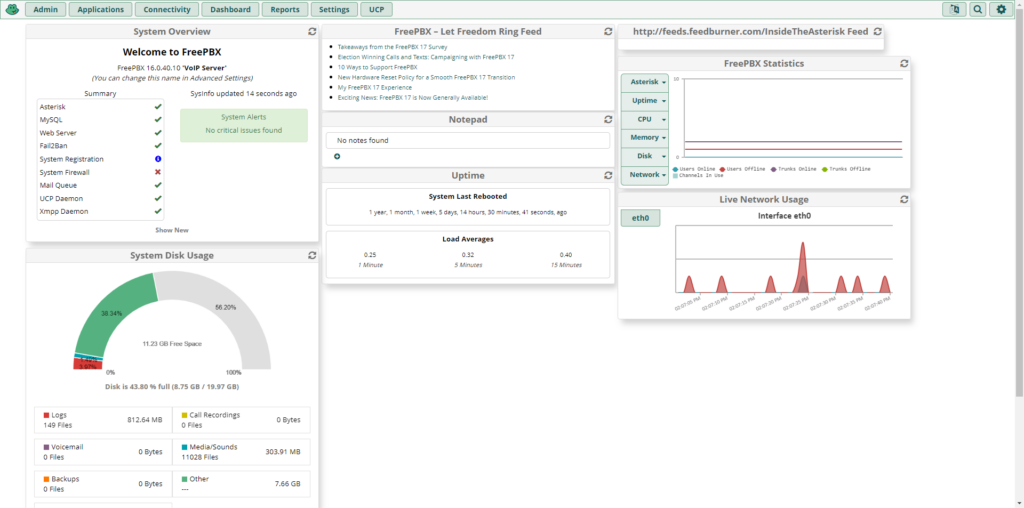This blog post will explain what an SIP enabled PBX is. A PBX is a private telephone network. PBX stands for private branch exchange. A SIP PBX is a phone system that is powered by SIP trunking instead of using traditional phone lines. SIP stands for session initiation protocol. A common use for the SIP protocol is a VoIP call. SIP creates the peer to peer connection that is between two people on the phone. The SIP protocol is responsible for the initiation of a call, establishing a connection, and terminating a call. Initiating a call is where someone dials a phone number. Establishing a connection is where the person being called answers the phone. Terminating a call is where someone hangs up the phone. After the SIP connection, the RTP transports the audio between the two peers. Audio input from one phone is converted into packets of data. That data is sent over the Internet and decompressed and outputted to the caller on the other end using SIP and RTP protocols. Users within a PBX are given an extension number. Direct inward dialing numbers can be assigned to extensions to allow someone from outside the network to call that extension. SIP trunking connects a phone system to the PSTN so that users can make external outbound calls. SIP trunking enables cost effective solutions for customers that would have taken thousands of dollars of hardware a few decades ago. A PBX can be hosted in the cloud, thus eliminating the need for expensive hardware. Examples of SIP enabled private branch exchanges are 3cx phone system, and freepbx. The image below shows what the FreePBX dashboard looks like.

In order to use the phone system, a VoIP phone will have to be used. They can be a hardware or software phone. A good example of a software phone is microsip. This is an example configuration in the image below.
